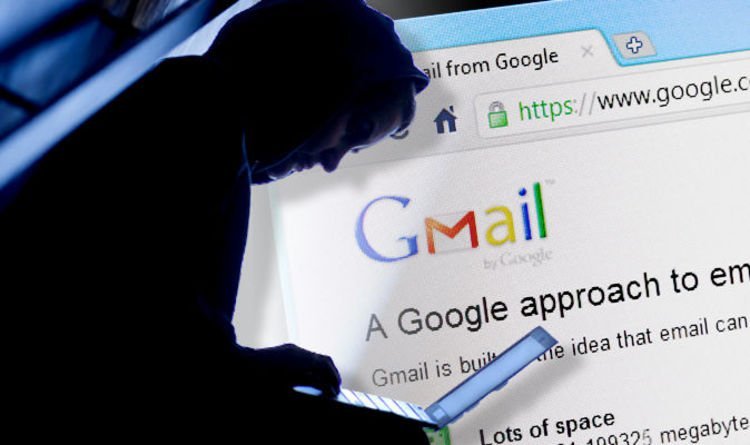Gmail Users Targeted by AI-Driven Phishing Scams Amid Rising Threats
AI-driven phishing scams are targeting Gmail users with sophisticated fake notifications and calls, compromising user accounts. Google works with Global Anti-Scam Alliance to tackle the growing threat.

Gmail Users Targeted by AI-Driven Phishing Scams Amid Rising Threats
Google’s efforts to protect Gmail users from phishing scams are facing significant challenges as AI-driven attacks become more sophisticated. With over 2.5 billion users, Gmail is one of the most widely used email services globally, making it a prime target for phishing attempts. A recent case involving Microsoft solutions consultant Sam Mitrovic highlights the dangers of AI-based phishing scams, where attackers impersonate legitimate support services to deceive users.
The Rise of AI-Driven Phishing Attacks
Sam Mitrovic, a victim of these AI-driven scams, recounted his experience in a blog post, warning fellow Gmail users. He initially received a suspicious notification, allegedly from Google, asking for account recovery approval, followed by a phone call from Sydney, Australia. Sensing something was wrong, Mitrovic ignored the first call. However, a week later, a similar notification and phone call occurred, with the caller claiming to be from Google support.
Mitrovic described how the phishing attack involved highly realistic notifications and emails that prompted him to confirm account recovery or password reset requests he had not initiated. These messages led to fake login pages designed to steal his credentials, which could have compromised his Gmail account security.
Widespread Phishing Threats to Gmail Users
The issue is not isolated to Mitrovic. Venture capitalist Garry Tan, founder of startup accelerator Y Combinator, also reported a similar incident on the social media platform X. In Tan’s case, the scam involved a fake Google support call, where the attacker falsely claimed that a family member was trying to recover his account.
AI deepfake technology is being increasingly used in phishing scams, making it harder for users to differentiate between legitimate and fraudulent communications. Google Forms, a part of the Google Workspace suite, has also been exploited by scammers to create legitimate-looking documents as part of these support scams. Responses from these forms are sent via Google’s own servers, adding another layer of authenticity to the phishing attempt.
Google’s Response to the Phishing Crisis
In response to these growing threats, Google is working closely with the Global Anti-Scam Alliance and the DNS Research Federation to strengthen its anti-scam measures. Despite these efforts, the increasing use of AI in phishing attacks poses serious challenges to user safety and privacy, as deepfake technology continues to evolve and make scams harder to detect.
Conclusion
As phishing tactics become more advanced, especially with the use of AI, Gmail users are advised to stay vigilant. They should be cautious when receiving unsolicited notifications or calls that request sensitive information. Google is actively working to mitigate these threats, but users must take additional steps to protect themselves, including enabling two-factor authentication and reporting suspicious activity.
Click Here to Visit
What's Your Reaction?
















